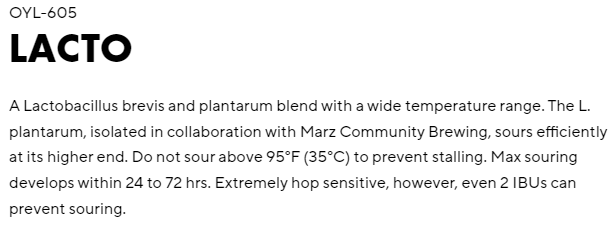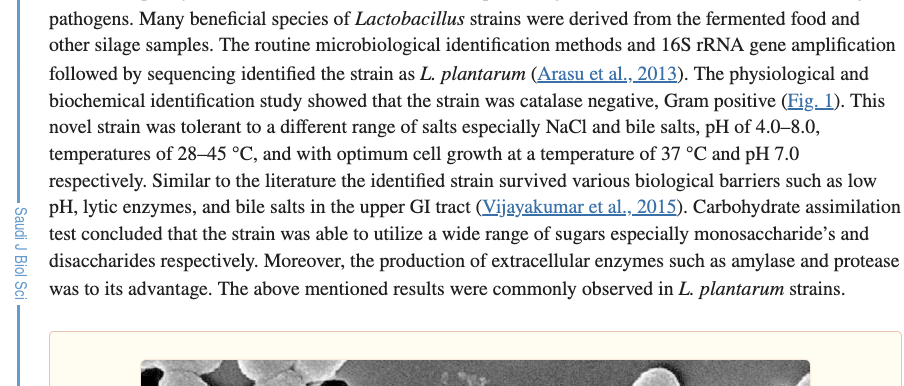Hey all, would appreciate some assistance here.
This is my second time brewing an extract Berliner Weisse from a recipe I got at my brewer supply shop (1:1 wheat/malt mix). Kettle souring with OYL-605 lacto.
I'm now at 72 h after pitching the lacto (went in @ 68F wort temp).
Has been sitting in my oven at room temp (72F) for the entire 72H.
pH is only 4.06 and tastes only a little sour - shouldn't pH be a little lower by now?
Things I checked thru:
-Did not put any hops in the boil before pitching; I know from my prior, failed, attempt at kettle souring a Berliner that Omega lacto is very hop-sensitive
-Lacto was well before its "good until" date.
-Equipt was sanitized using one-step (maybe I didn't wait the entire time to let the one-step dry, but have done this with prior brews and it has not been an issue)
Should I just give it a bit more time?
thx in advance for your help
This is my second time brewing an extract Berliner Weisse from a recipe I got at my brewer supply shop (1:1 wheat/malt mix). Kettle souring with OYL-605 lacto.
I'm now at 72 h after pitching the lacto (went in @ 68F wort temp).
Has been sitting in my oven at room temp (72F) for the entire 72H.
pH is only 4.06 and tastes only a little sour - shouldn't pH be a little lower by now?
Things I checked thru:
-Did not put any hops in the boil before pitching; I know from my prior, failed, attempt at kettle souring a Berliner that Omega lacto is very hop-sensitive
-Lacto was well before its "good until" date.
-Equipt was sanitized using one-step (maybe I didn't wait the entire time to let the one-step dry, but have done this with prior brews and it has not been an issue)
Should I just give it a bit more time?
thx in advance for your help





